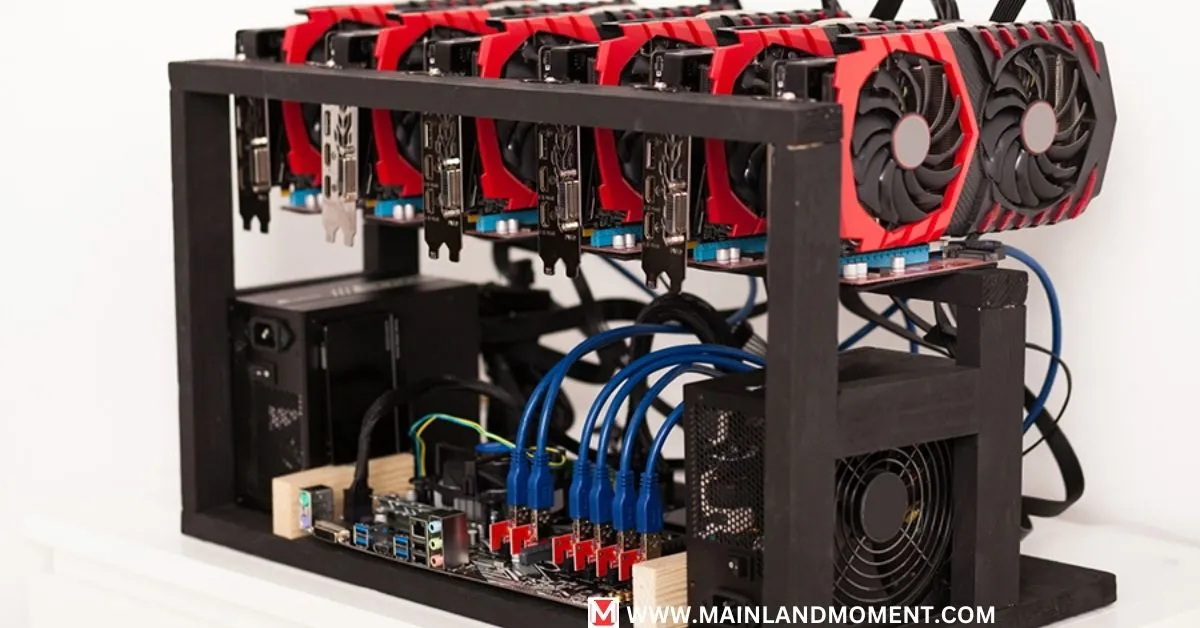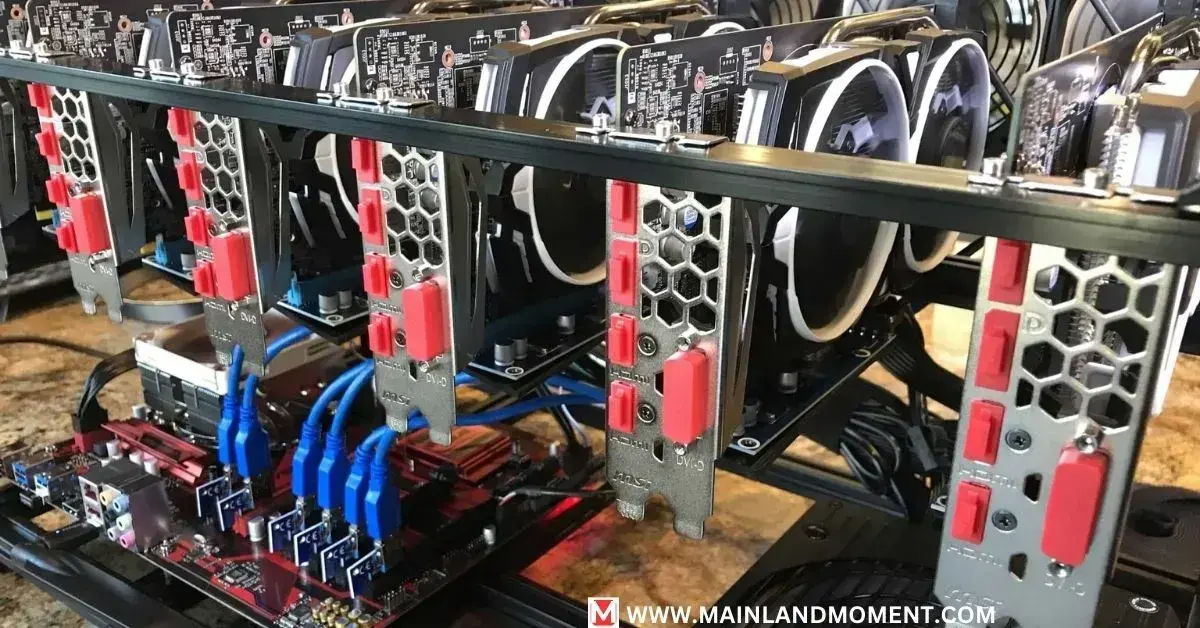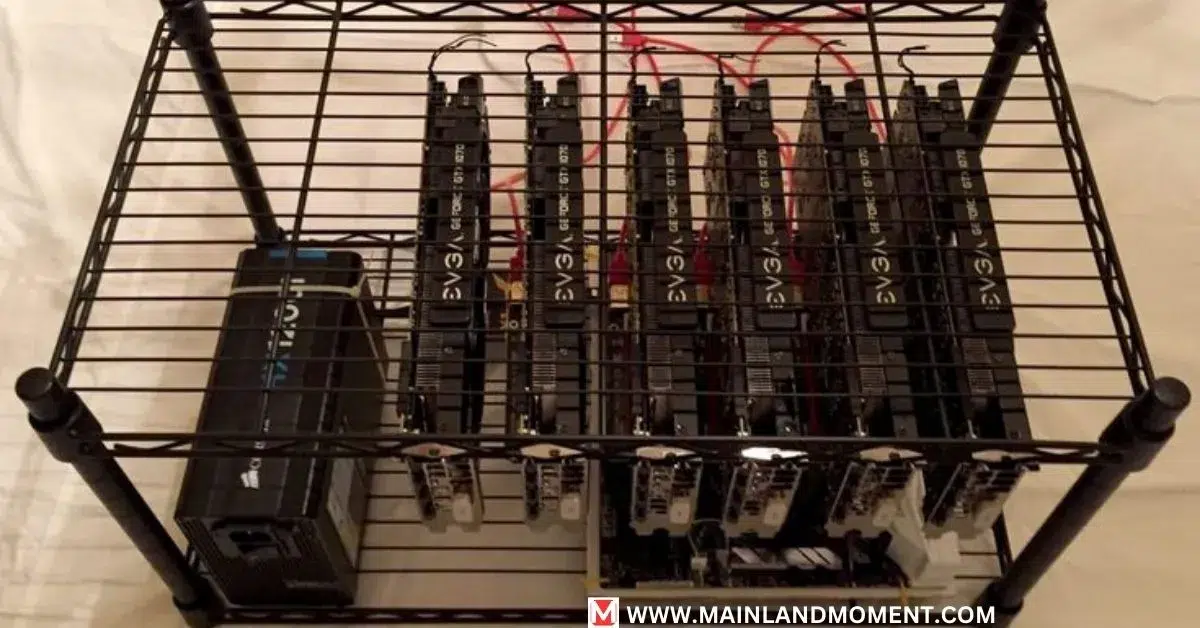Search
Have an existing account?
Sign In


Cryptocurrency mining has become a cornerstone of the block chain ecosystem, enabling the validation of transactions and the creation of new digital assets. At the heart of this process lies the crypto mining rig, a specialized computer designed to solve complex cryptographic equations.
Whether you’re a tech enthusiast or an aspiring miner, this guide will walk you through everything you need to know about what a crypto mining rig is, why it’s used, and how to build one step-by-step.
A crypto mining rig is a customized computer system built specifically for mining cryptocurrencies. Unlike a standard PC, which relies on a central processing unit (CPU) for general tasks, a mining rig uses multiple graphical processing units (GPUs) to perform the heavy lifting required for mining. These GPUs are optimized for solving the cryptographic equations that validate transactions on a blockchain.

"Mining rigs are the backbone of proof-of-work blockchains, ensuring decentralization and security."
Mining rigs play a critical role in maintaining the integrity of blockchain networks. By validating transactions, they prevent double-spending and ensure the network remains secure and decentralized.
While mining can be profitable, it’s not without challenges. Factors like electricity costs, hardware expenses, and cryptocurrency market trends significantly impact profitability. For example:

Building a mining rig requires careful selection of hardware and software components. Here’s a breakdown of what you’ll need:

Building a mining rig can be a rewarding but challenging process. Follow these steps to assemble your rig:
Pro Tip: Start with one GPU to ensure everything works before adding more.

Building a crypto mining rig is a complex but rewarding endeavor. By understanding the components, costs, and steps involved, you can create a rig that meets your mining goals. Whether you’re mining Bitcoin, Ethereum, or other cryptocurrencies, staying informed and adaptable is key to long-term success.
Mining $1 of Bitcoin depends on your rig’s hash rate, electricity costs, and Bitcoin’s price. For example, with a mid-range rig (e.g., 100 TH/s), it could take several hours to a day to mine $1 worth of Bitcoin. Use tools like WhatToMine to calculate exact earnings.
Profitability depends on factors like hardware costs, electricity rates, and cryptocurrency prices. While mining can be profitable during bull markets, high energy costs and competition often reduce margins. Always conduct a cost-benefit analysis before investing.
Yes, crypto mining rigs are legal in most countries. However, some regions restrict or ban mining due to energy consumption concerns or regulatory issues. Always check local laws before setting up a mining operation.
Crypto mining can still be profitable, but it’s highly competitive. Factors like electricity costs, hardware efficiency, and crypto prices determine profitability. Mining pools and energy-efficient setups can improve earnings.
Mining Bitcoin isn’t free due to hardware and electricity costs. However, you can join cloud mining services or earn small amounts through Bitcoin faucets, though these methods are less profitable than traditional mining.
Best Laptops of 2025: Your Ultimate Guide to Smarter Choices Best laptops in 2025 redefine…
Transform Your Life with the Best Smart Home Devices in 2025 Smart home devices turn…
Best USB Hubs in 2025: Expand Your Laptop or PC the Smart Way USB hub…
Sign in to your account